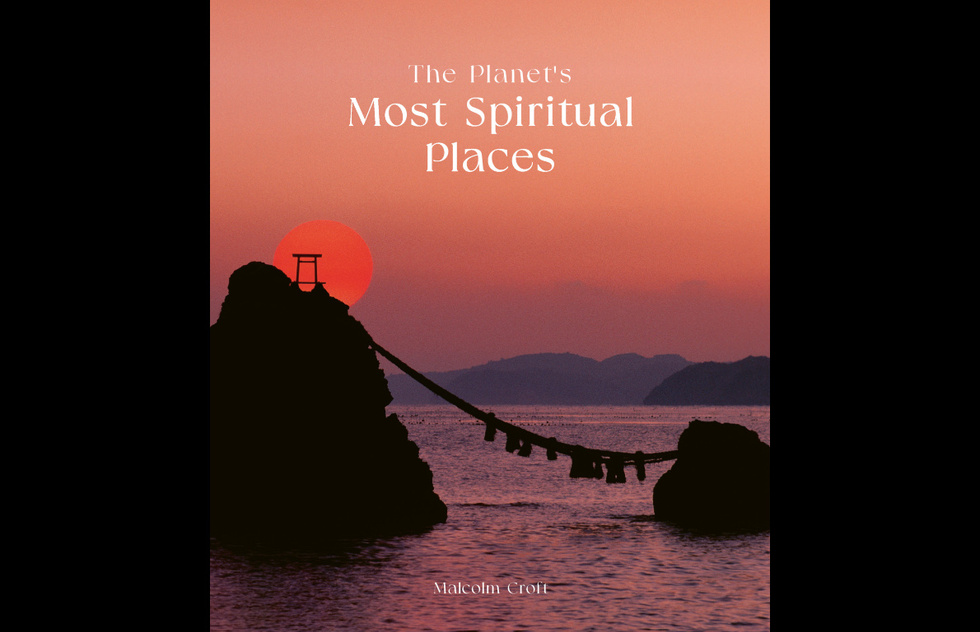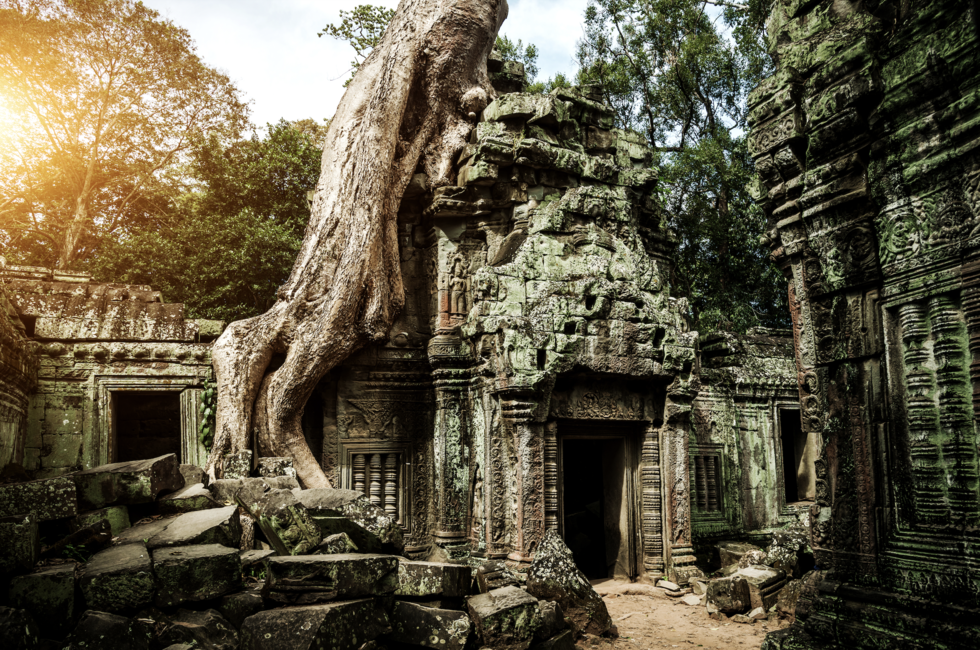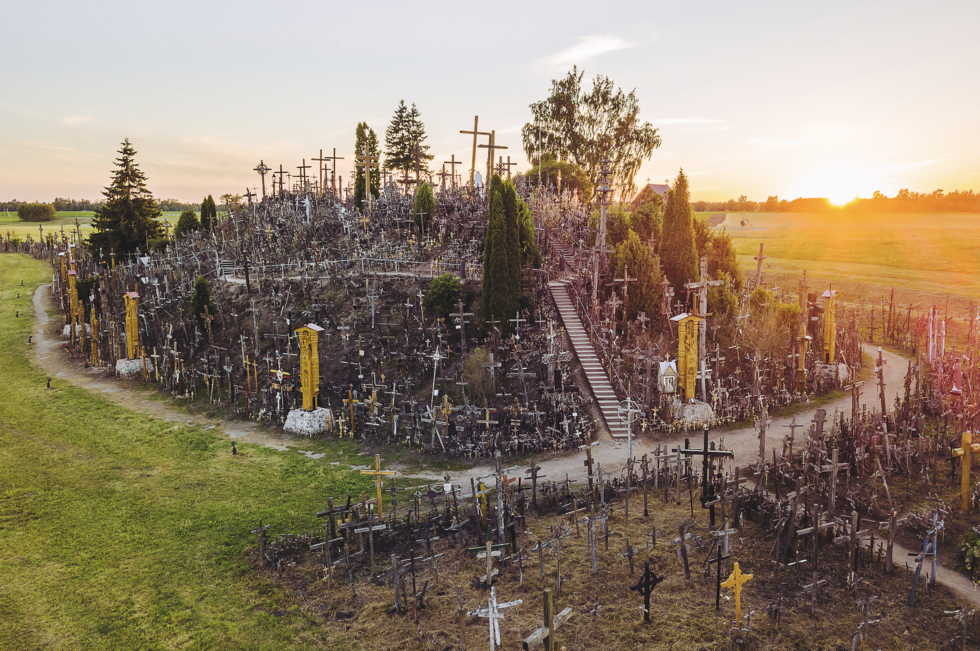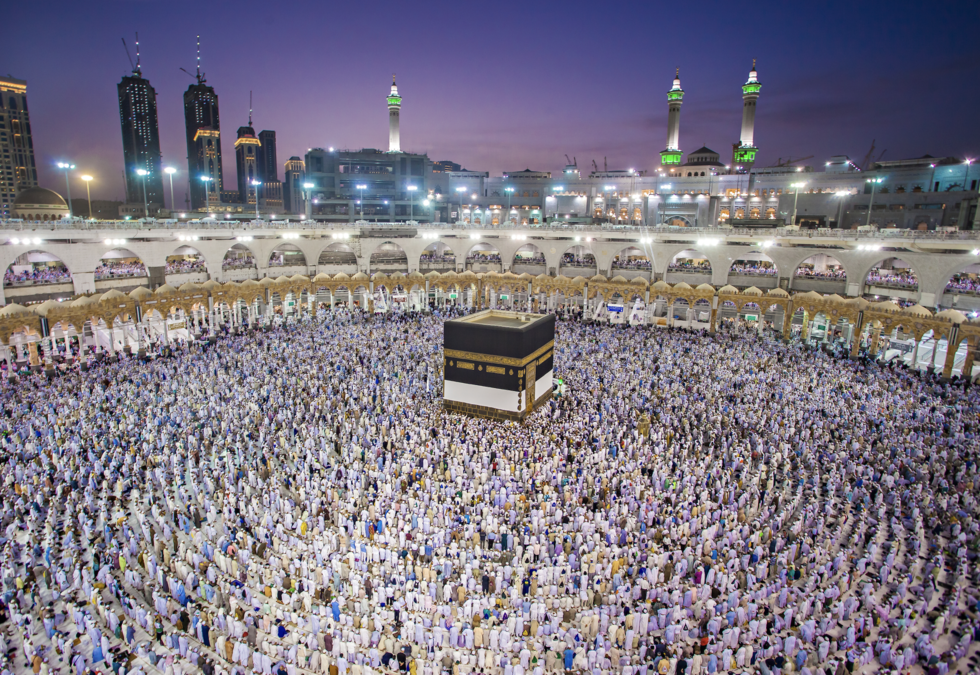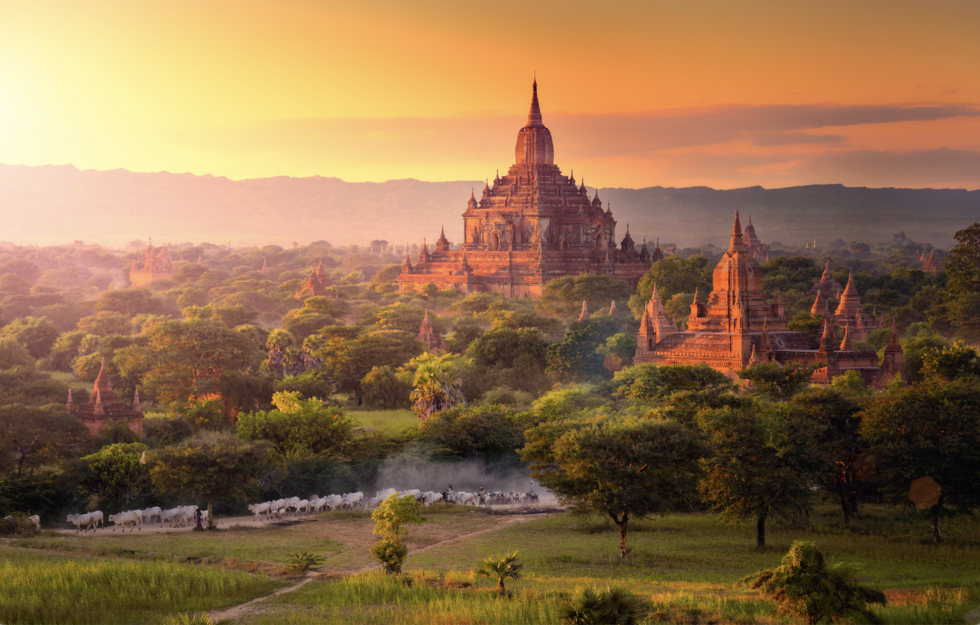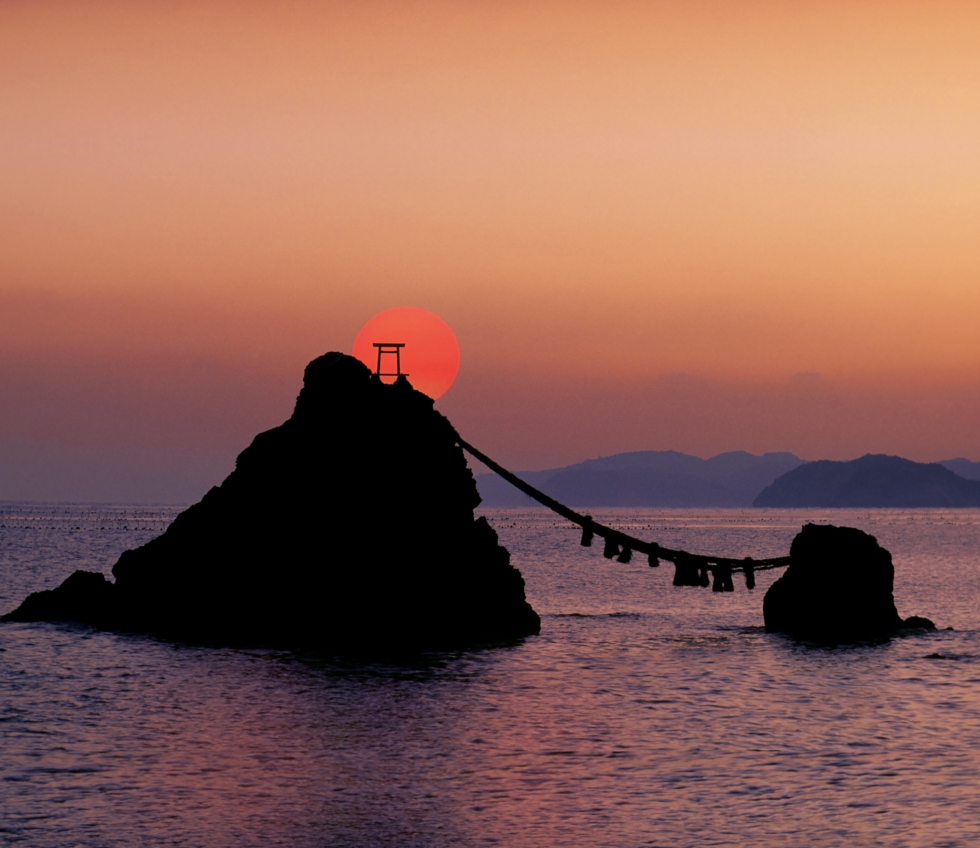A Photo Pilgrimage to the Planet’s Most Spiritual Places
By Zac ThompsonYou don't have to think of travel as a spirtual experience, but plenty of seekers have thought of their spiritual experiences as a form of travel.
Every pilgrimage, sojourn in the wilderness, journey of self-discovery, and quest for enlightenment is, after all, a trip of some kind, whether actual or metaphorical. Maybe that's why road narratives are so common in sacred texts, from the Book of Exodus to The Adventures of Priscilla, Queen of the Desert.
In The Planet's Most Spiritual Places (Ivy Press; $30), author Malcolm Croft identifies 100 plots of hallowed ground that have proven to be pivotal pit stops for metaphysically minded travelers through the ages.
Though readers will find churches, mosques, and shrines in these pages, the book adopts a broad definition of spirituality to encompass not only religious institutions but also ancient monuments, natural wonders, and any other spot that sparks, as the book's introduction puts it, "a better, deeper, and more enduring understanding of our world and how we came to be."
They are places, in other words, where we begin to grasp "the Great Before and the Great Beyond."
The volume's scores of ravishing photos impart mystery and awe, while Croft's commentary strikes an engaging balance between factual info and open-minded observations about a globe-spanning range of interactions with the infinite. Regardless of the reader's belief system, there's plenty here to inspire any pilgrim's progress.
Scroll on for a peek at five divine places featured in the book.
What Croft calls the "world's largest spiritual structure" encompasses hundreds of temples and shrines across about 400 acres in northwest Cambodia. Originally built to honor Hindu deities, the Angkor Wat complex, with its instantly recognizable quintet of lotus flower towers, was eventually transformed into a Buddhist representation of Mount Meru, aka the sacred center of the universe.
As in the photo above, the walls of many of the smaller monuments have been "consumed—strangled—by the roots of banyan trees," Croft writes, "adding an additional supernatural element to the already divine landscape."
Amid the fields north of Šiauliai, Lithuania, multitudes of wooden and metal crosses poking out every which way make a small hill look like a pincushion of piety. Nobody's entirely sure why the Catholic faithful began leaving crosses here, but the shrine has endured despite the best efforts of the region's tsarist and later Soviet oppressors. Nobody knows for sure how many crosses pilgrims have left by now, either, though estimates put the figure at well over 100,000.
Tradition has it that Abraham (as in the Abraham) and his son Ishmael built the Kaaba, Islam's most sacred shrine, which stands at the center of the Masjid al-Haram in Mecca. A crucial component of the Hajj—the pilgrimage to Mecca that all devout Muslims are required to make at least once in their lifetimes—involves walking around the stone-and-marble cube seven times and touching the black stone on the eastern side. When millions of Muslims face Mecca every day for prayer, this is the site they're pointing their devotion at.
Myanmar's astonishing "Sea of Temples" stretches across thousands of pagodas, stupas, monasteries, and other religious ruins. Mostly built from the 11th through the 13th centuries, the structures were meant to honor Buddha as well as demonstrate the achievements of the first kingdom that united the regions now known as Myanmar. It may not make you a believer, but gazing out on Bagan's vast expanse of stupas puncturing the forest canopy at sunset is guaranteed to bowl you over.
This Shinto sanctuary in the coastal city of Ise is famous for its Meoto-iwa, or Married Couple Rocks. Bound by a ceremonial cord, the pair of stones represent the union of deities Izanagi and Izanami. Talk about a marriage being solid as a rock. The romantic spot has become a popular destination for newlyweds seeking the spirits' blessing for success in matrimony. The most auspicious time to make that request is during the summer solstice, when the sun rises between the two rocky lovebirds.
The Planet's Most Spiritual Places by Malcolm Croft is published by Ivy Press and can be purchased from bookstores and online booksellers.





